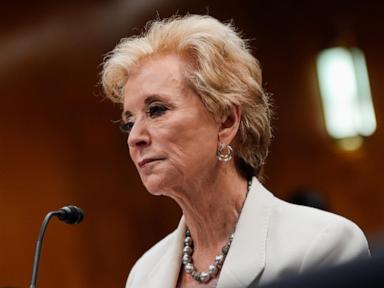Asia-Pacific markets are poised for a cautious opening on Tuesday, as investors meticulously weigh the recent record gains observed on Wall Street against the looming global economic implications of U.S. President Donald Trump’s tariff policies. The delicate balance reflects a period of heightened sensitivity to trade dynamics and political rhetoric, shaping expectations across the region’s key bourses.
A significant point of concern stems from the impending expiration of President Trump’s 90-day tariff reprieve next week. U.S. Treasury Secretary Scott Bessent, speaking on Monday, acknowledged that while certain “countries are negotiating in good faith,” there remains a tangible threat that tariffs could “spring back” to the levels announced on April 2. This stern warning underscores the potential for rapid shifts in trade policy, creating considerable uncertainty for businesses and investors reliant on stable international trade frameworks, particularly within the interconnected Asia-Pacific markets.
Reflecting this cautious sentiment, key regional benchmarks are bracing for a subdued start. Japan’s benchmark Nikkei 225 is anticipated to open lower, with futures contracts in Chicago trading at 40,330 and Osaka at 40,250, both below Monday’s close of 40,487.39. Similarly, Australia’s S&P/ASX 200 is projected for a marginal decline, with futures tied to the benchmark at 8,531 compared to its last close of 8,542.30. Meanwhile, Hong Kong markets remain closed for a public holiday, adding to the quieter regional trading landscape.
The regional caution comes despite an impressive performance on Wall Street overnight. Two of the three major U.S. benchmarks notched record closes in Monday’s session, with the S&P 500 index gaining 0.52% to end at 6,204.95 and the Nasdaq Composite advancing 0.47% to reach a fresh all-time high of 20,369.73. The Dow Jones Industrial Average also climbed significantly, rising 275.50 points, or 0.63%, to settle at 44,094.77. However, U.S. stock futures experienced a slight downturn in early Asian hours, suggesting investors are processing these gains alongside global uncertainties.
A notable factor contributing to Monday’s Wall Street surge was Canada’s decision to rescind its digital service tax. This strategic move aimed to facilitate ongoing trade negotiations with the U.S., coming swiftly after President Donald Trump declared last Friday that the U.S. was “terminating ALL discussions on Trade with Canada.” The initial payments on this tax were set to commence Monday, affecting major tech corporations like Google, Meta, and Amazon, highlighting the immediate and significant impact of trade policy disputes on market dynamics and corporate valuations.
The confluence of these factors – robust Wall Street momentum, the persistent specter of renewed tariffs, and the ongoing, volatile nature of international trade policy negotiations – creates a complex analytical challenge for investors. While U.S. economic strength provides a positive backdrop, the unpredictability surrounding Donald Trump’s administration’s trade stance injects a significant element of risk, prompting investors across Asia-Pacific markets to adopt a more conservative outlook despite strong underlying economic indicators elsewhere.
Ultimately, the current market climate underscores the profound influence of geopolitical developments and bilateral trade policy on global financial stability. Investors will be keenly watching for further developments regarding the U.S. tariffs and any progress in trade talks, as these factors are set to continue dictating the direction and volatility of Asia-Pacific markets in the immediate future. The cautious open is a testament to the intricate web of global dependencies and the need for constant vigilance in an evolving economic landscape.
Discover more from The Time News
Subscribe to get the latest posts sent to your email.





